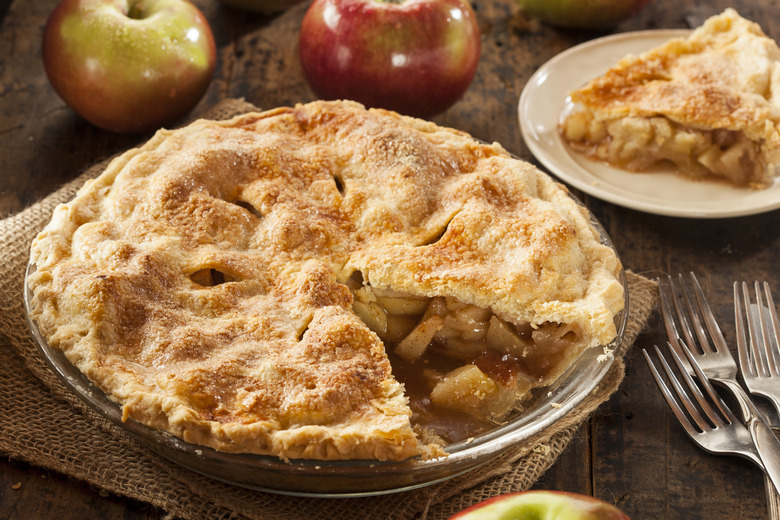How To Add Similar & Dissimilar Fractions
Adding similar fractions is easy, but adding dissimilar ones requires an additional step. Before you begin, you must know a few important key terms. First, the number on the top of a fraction is called the numerator, while the number on the bottom of a fraction is called the denominator. Similar fractions have the same denominator, also called a common denominator. To add dissimilar fractions (fractions with different denominators), you must first convert the fractions so that the denominators are the same.
Step 1
Multiply both parts of each fraction by the denominator of the other fraction, if the denominators are different. For example, if you are adding 1/3 and 2/5, multiply both 1 and 3 by 5, making the fraction 5/15. Then multiply both 2 and 5 by 3 (the denominator of the other fraction), making the fraction 6/15.
Step 2
Make the previous step easier if one of the denominators is a multiple of the other. For example, if you are adding 1/2 and 3/12, 12 is a multiple of 2 (2 x 6 = 12). In this case, leave 3/12 as is. Multiply both parts of 1/2 by 6 so that the denominator will be 12, making the fraction 6/12.
Step 3
Add the numerators, but leave the denominator the same, once you have similar fractions. For example, 5/15 + 6/15 = 11/15 or 6/12 + 3/12 = 9/12.
Step 4
Simplify the answer, if necessary. The fraction 11/15 cannot be simplified, but 9/12 can be simplified to 3/4 by dividing both the numerator and denominator by 3. If the numerator and denominator cannot both be divided by the same number, the fraction cannot be simplified.
Step 5
Check your work.
TL;DR (Too Long; Didn't Read)
When converting fractions or finding equivalent fractions, always do the same thing to the numerator and the denominator.
References
Cite This Article
MLA
Earne, Liz. "How To Add Similar & Dissimilar Fractions" sciencing.com, https://www.sciencing.com/add-similar-dissimilar-fractions-8139104/. 13 March 2018.
APA
Earne, Liz. (2018, March 13). How To Add Similar & Dissimilar Fractions. sciencing.com. Retrieved from https://www.sciencing.com/add-similar-dissimilar-fractions-8139104/
Chicago
Earne, Liz. How To Add Similar & Dissimilar Fractions last modified March 24, 2022. https://www.sciencing.com/add-similar-dissimilar-fractions-8139104/
